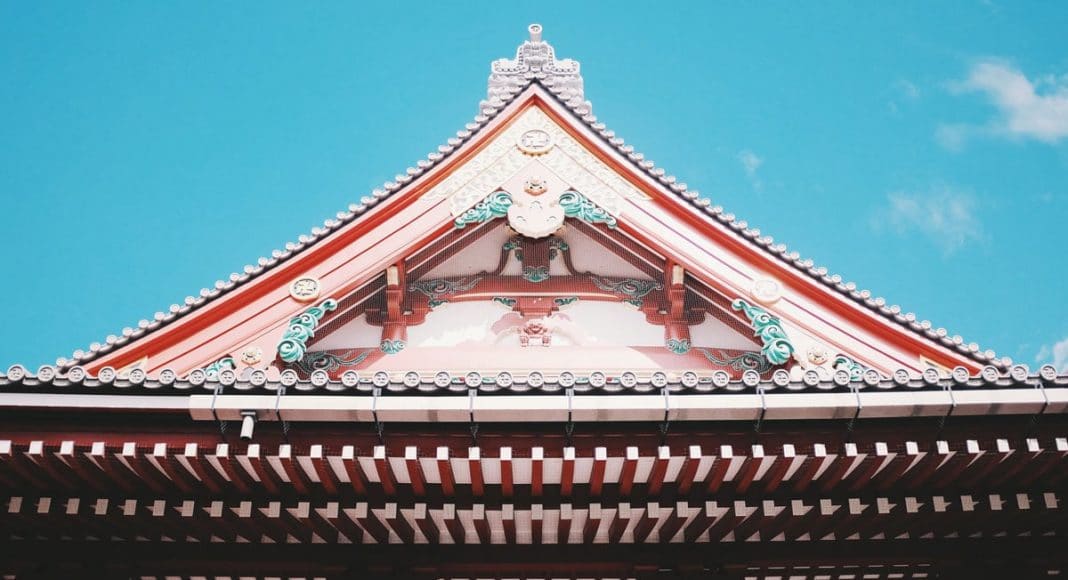This is an excerpt from Cannabis and Spirituality edited by Stephen Gray:
Cannabis has been a character in the human drama for at least the past ten thousand years, and very likely much longer. She, the genus Cannabis, has been seen and felt as a being, or a deity, in multiple cultures.
I say she because both historically and right now in Western culture, that is the gender that so many of us experience when we engage with cannabis.
Eight thousand years ago, cannabis seeds were used as food in China. Six thousand years ago, the Chinese were cultivating an ancestor of Cannabis sativa for its stem fibers, as hemp for making cordage and weaving into textiles. We know the Chinese were employing parts of the cannabis plant as medicines for various ailments five thousand years ago.
At least three thousand years ago, across Central Asia and perhaps farther, the seeds were widely used in rituals — as offerings in invocations and also left with flowers in graves. Cannabis was widely used as incense that could affect anyone who breathed its ambient smoke.
Meanwhile, Cannabis indica had become well established in the Indian subcontinent, where both ritual and medicinal uses took root. Twenty-five hundred years ago, cannabis species and seeds were introduced to northern Europe from Asia.
Travelers on Asia’s Silk Road must have traded and transported everything from the plant’s myths to its medicine. From the 1500s up until a mere eighty years ago, cannabis was much appreciated here in North America as an exceptional herbal medicine and totally useful fiber source.
Then the tables were turned. The government’s medical and legal establishment officially demonized the plant, and we are only now emerging from this absurd century of prohibition of the gifts of nature.
We know that the medicine, nourishment, and pungent incense of cannabis were valued during the past several millennia, but we don’t know so much about her history of personification in the many ethnic regions across Asia and Africa. There were smoky group rituals, soothing oils, and effective medicinal teas. There were stories and songs about her, surely. There are some ancient literary references to how she was perceived.

In ancient China, Ma was the name of the deity resident in hemp, the extremely useful fiber that comes from the cannabis stem. Both the male and female plants are depicted in the pictogram for hemp (at left), sitting inside a built shelter or home. (Cannabis species are dioecious, meaning they produce male and female flowers on separate plants. Wind is the pollinator that allows male pollen to fertilize the females.)
Hemp has been a plant of fundamental utility to hundreds of generations of humans. Ma was therefore the spirit of she who grows, she who clothes us, she who binds, she who ties it all together. Textile and cordage species are essential to human cultures, and hemp has been appreciated as that most utilitarian of species since the days when everything grew wild and we were all nomadic.
Hemp was still crucial to our materials when the great European sailing ships set out to seek the world’s riches, but by then, sixteenth-century Europeans, mostly Christian, were not so interested in the natural deities resident in the plants that grew the fibers for their ropes, sails, and flags.
A name in folk etymology often signifies long-term respect and the gender that a culture recognizes in a plant. Cannabis was the name given by the seventeenth-century taxonomist Linnaeus, because canvas was what common people called the fabric that hemp made.
The origins of the name marijuana are controversial. There are so many powerful plants in Latin America, some with folk names that are versions of Mary, Maria, or the Virgin, some with the title Santo or Santa, which means “holy” or “sainted.” Hispanic cultures were of course originally indigenous peoples of the Americas, layered with a syncretic blend of European Catholicism and some African animist influence.
Cannabis was an Old World species that was introduced to the Americas in the early days of colonization by the Spanish and Portuguese, and/or by the African slaves on their ships.
Native peoples of the Americas had a long-standing relationship to smoking, as they had domesticated various tobacco species, and early on invented the folk technology of the pipe or cigar. Tobacco is traditionally a highly spiritual plant that absolutely manifests as various types of resident entities, both male and female, who may be called upon in prayer. It would be natural for those who smoked tobacco as prayer medicine to recognize the spiritual potential of cannabis when smoked, and to feel the presence of someone in there whom we can speak to. Someone who shows up and helps us understand the vicissitudes of life, and who perhaps helps us to find joy in the moment.
Forty years ago, on the west coast of Mexico, I hung out with indigenous coastal people, some of whom smoked cannabis. At the end of a long day, the young fishermen would take a few sips of smoke, sigh, and lay back to rest on the sand, saying “Ay, gracias, estoy hasta la Madre.” This translates as “I have reached the Mother, I am high, I am in her embrace.” That was when I began to think of the female entity in marijuana, of who cannabis is, and what she provides.
Kathleen Harrison is the cofounder and director of Botanical Dimensions, a nonprofit whose mission is “to collect, protect, propagate and understand plants of ethno-medical significance and their lore.” This is an excerpt from “Who is She? The Personification of Cannabis in Cultural and Individual Experience” in Cannabis and Spirituality: An Explorer’s Guide to an Ancient Plant Spirit Ally edited by Stephen Gray © 2016 Park Street Press. Printed with permission from the publisher Inner Traditions International.
This story first appeared on Project CBD.


